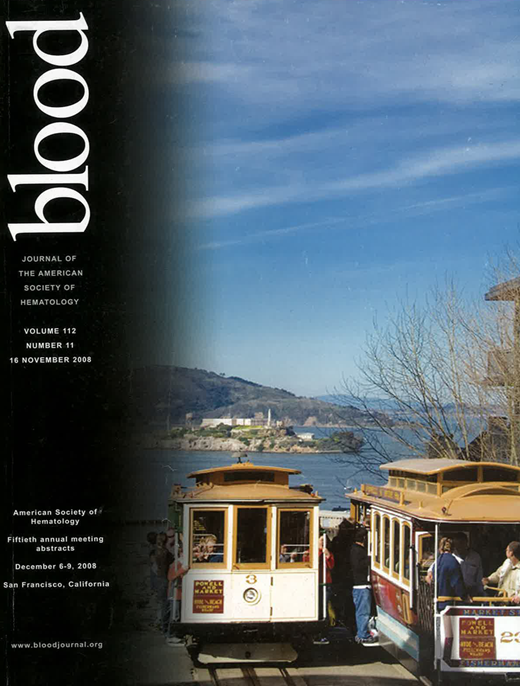Abstract
New drugs to protect or mitigate total body irradiation (TBI) damage are urgently required. To determine whether existing pharmacologic agents have this second function, we used siRNA to screen 5,520 druggable targets in the Silencer Druggable Genome siRNA library (Version 1.1, Ambion, Austin, TX). We sought to identify genes which if silenced protected against or mitigated radiation damage. T98G human glioblastoma cells were transfected with each target in the siRNA library in triplicate at a final concentration of 20nM/target in a one-gene, one-well format using DharmaFECT2 transfection reagent and 48 hours later were irradiated to 25 Gy. Viability was measured 72 hours later using the CellTiter-Blue cell viability assay. The siRNA screen was performed three times and a hit was scored as a gene, which when silenced, protected T98G cells by at least 15% in each of the triplicate screens. We identified 117 candidate protective genes. These were further analyzed using Ingenuity Pathways Analysis to identify potential radiation inhibitor signaling pathways and drug candidates. One pharmacologically attractive candidate was glybenclamide. Glybenclamide is a sulfonylurea currently used to treat diabetes that inhibits the ATP-binding cassette, sub-family A (ABC1) and selectively blocks ATP sensitive potassium channels. Glybenclamide (10 μM) was added to 32D cl 3 murine hematopoietic progenitor cells one hour before irradiation, or immediately following irradiation. Cells were then irradiated to doses ranging from 0 to 8 Gy, plated in methylcellulose, and incubated for seven days at 37° C in a humidified CO2 incubator at which time colonies of greater than 50 cells were counted. The data were analyzed using linear quadratic or single-hit, multi-target models. Glybenclamide pre-irradiation treated cells were protected from irradiation as demonstrated by an increased shoulder on the survival curve with a n of 34.9 ± 0.5 compared to untreated 32D cl 3 cells or cells treated with glybenclamide after irradiation with a n of 3.1 ± 1.3 or 2.5 ± 0.9 (p = 0.0018 or < 0.0001, respectively). To determine if glybenclamide was radioprotective in vivo, we dissolved the drug in 50% Cremophor EL and 50% ethanol and then diluted 1:4 in water. C57BL/6NHsd female mice were injected intraperitoneally with 5 mg/kg glybenclamide either 10 minutes before or 10 minutes after TBI to the LD50/30 dose of 9.5 Gy. Duplicate groups received sucrose supplement to counteract potential hypoglycemia. We found that 60% of mice injected with glybenclamide before irradiation survived for 35 days compared to 33% for the TBI alone group (p = 0.0361), while 44% of mice injected with glybenclamide following irradiation survived. There was no significant effect of sucrose supplement or difference between irradiated controls, mice injected with vehicle only or glybenclamide following irradiation. These results demonstrate the power of unbiased siRNA screening with a druggable genome and suggest that glybenclamide might be a clinically useful radioprotector.
Disclosures: No relevant conflicts of interest to declare.
Supported by Grant Number U19 AI068021 from the National Institute of Allergy and Infectious Diseases.
Author notes
Corresponding author

